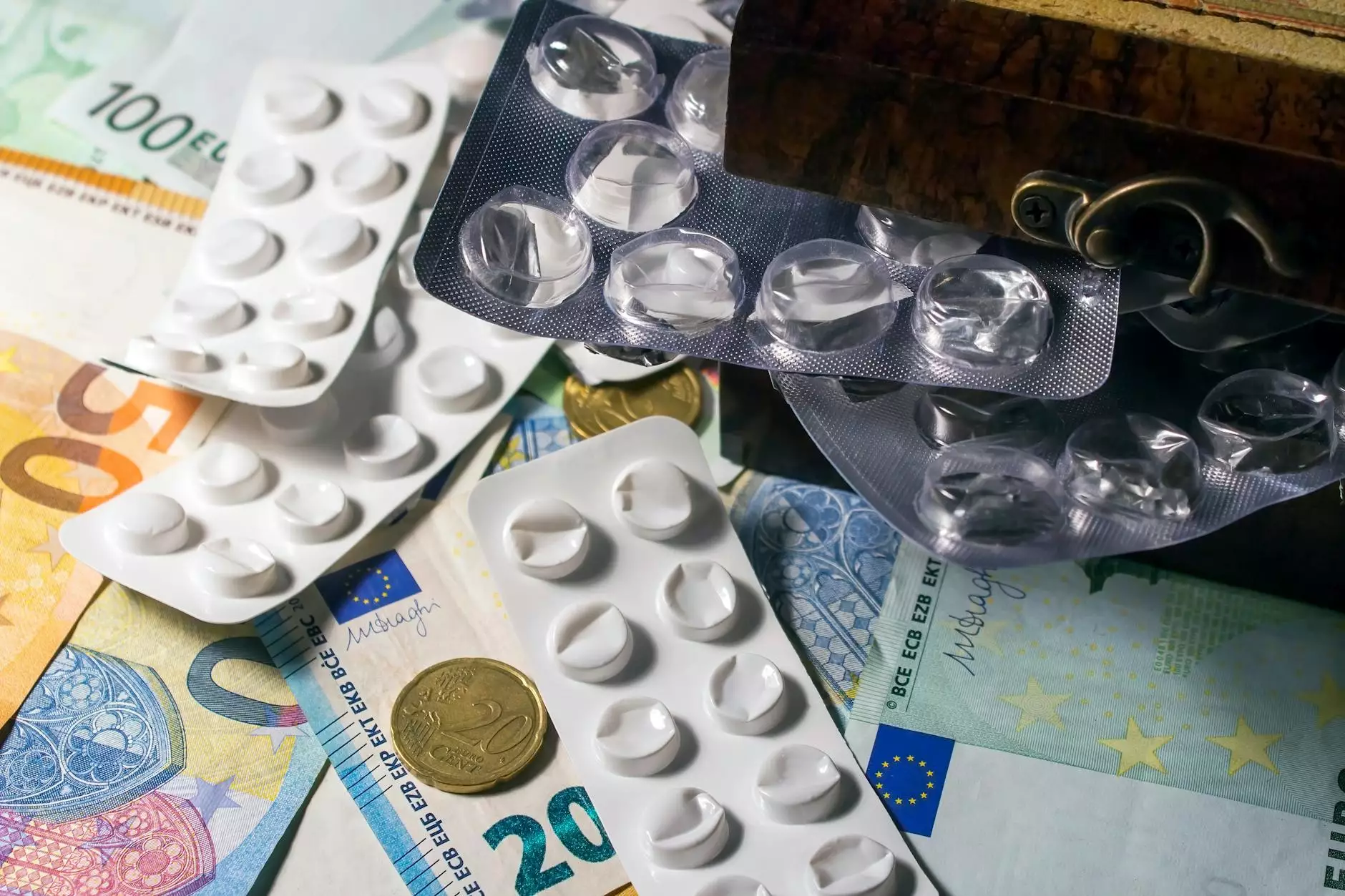Understanding Blood Clot Symptoms: A Comprehensive Guide

What is a Blood Clot?
Blood clots are gel-like masses that form when blood changes from a liquid to a solid state. They play a crucial role in the body's healing process by preventing excessive bleeding from injuries. However, when blood clots form inappropriately inside the blood vessels, they can pose serious health risks.
Why Blood Clots Occur
Blood clots typically develop in response to injuries, but they can also occur due to various health conditions or lifestyle factors. Factors contributing to blood clot formation include:
- Prolonged immobility: Sitting or lying down for extended periods.
- Medical conditions: Certain illnesses like cancer or heart disease can increase clot risk.
- Surgery: Procedures, particularly those involving the legs or pelvis, can lead to clots.
- Hormonal changes: Hormonal therapies, including birth control pills, can raise clotting risk.
- Genetic factors: Inherited conditions may predispose individuals to clot formation.
Recognizing Blood Clot Symptoms
Identifying symptoms of a blood clot is crucial for timely treatment. Here are the common blood clot symptoms to look for:
1. Swelling in the Affected Area
Swelling is often the first sign of a blood clot. You may notice that one leg or arm appears larger than the other. This happens because the clot can block blood flow, causing fluid to build up in the tissues.
2. Pain or Tenderness
Many people experience pain that feels similar to soreness or cramping. This sensation might start in the calf and feels worse when standing or walking. Recognizing this symptom is key as it is often associated with the deep vein thrombosis (DVT) form of blood clots.
3. Changes in Skin Color
The skin over the area may become red or discolored. Sometimes the skin may appear pale or blue, indicating disruption in normal blood flow. Pay attention if there are any noticeable changes in your skin color, as it can signify a problem.
4. Warm Sensation
The affected area might feel noticeably warm to the touch compared to the rest of your body. This warmth can sometimes indicate inflammation, which is often associated with blood clot formation.
5. Shortness of Breath
If a clot travels to your lungs, it can cause a pulmonary embolism (PE), presenting symptoms like sudden shortness of breath, chest pain, or a cough that may produce blood. This is a medical emergency and requires immediate attention.
Risk Factors for Developing Blood Clots
Understanding the risk factors associated with blood clots can help people take preventive measures. These include:
- Age: Risk increases with age, especially for those over 65.
- Obesity: Excess weight increases lower extremity pressure, creating more potential for clots.
- Family History: If blood clots are common in your family, your risk may be higher.
- Smoking: Tobacco use is a significant risk factor for blood clot formation.
- Pregnancy: Increased risk due to hormonal changes and pressure from the growing fetus.
How to Diagnose Blood Clots
Medical professionals utilize various diagnostic tests to confirm blood clot presence. These methods include:
- Ultrasound: The most common test used to detect clots in the leg veins.
- D-dimer test: Measures the presence of a substance that's released when a blood clot dissolves.
- CT or MRI scans: Imaging that can provide more information about clots in the lungs or other areas.
Treatment Options for Blood Clots
Treatment for blood clots varies based on their size and location. Common treatments include:
- Anticoagulants: Medications commonly known as "blood thinners" help prevent further clotting.
- Thrombolytics: Drugs used to dissolve clots for more severe cases.
- Compression stockings: Help reduce swelling and prevent further clot formation in the legs.
- Inferior vena cava filter: A device placed in a large vein to catch clots before they reach the lungs.
Preventing Blood Clots
Preventing blood clot formation is essential for maintaining good vascular health. Here are some effective prevention strategies:
- Stay Active: Regular physical activity helps promote circulation.
- Hydrate: Staying well-hydrated can help maintain healthy blood flow.
- Avoid Prolonged Sitting: If traveling, take breaks to walk around and stretch.
- Maintain a Healthy Weight: Reducing the burden on your veins can lower your risk.
- Quit Smoking: Reducing the risk of blood clots significantly by quitting.
When to Seek Medical Attention
If you notice any symptoms of a blood clot, especially if you experience chest pain, difficulty breathing, or sudden swelling in one limb, it is crucial to seek medical attention immediately. Time is vital to reduce the risks associated with blood clots and complications such as pulmonary embolism.
Conclusion
Understanding the signs and symptoms of blood clots is essential for timely management and treatment. By maintaining awareness of risk factors and recognizing symptoms early, individuals can significantly improve their outcomes. Prioritizing vascular health and adopting a healthy lifestyle can help reduce the risk of blood clot formation.
For comprehensive care and specialized treatment related to blood clots and vascular health, visit Truffles Vein Specialists. Our dedicated team is here to help you understand and manage your health effectively.









